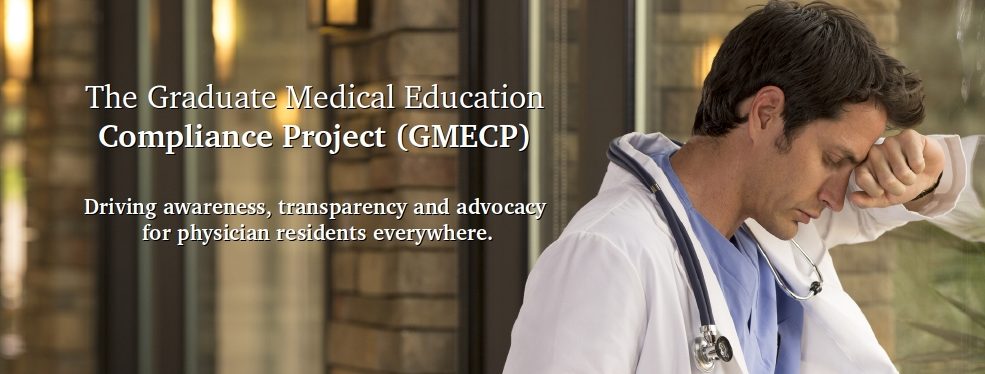
In recent years there has been a major push by medical associations, accrediting agencies and health care organizations towards diminishing physicians’ historically tolerated tendencies to misbehave, to treat others poorly, to intimidate, etc. None of us who works in health care needs an introduction to this topic. There are still plenty of remnants of physician disruptive behavior evident in our organizations.
Dr. Norman Reynolds’ article on the topic in the Journal of Medical Regulation is a good starting point for the interested and offers a broad overview:
In that article, he describes the Federation of State Medical Boards’ (FSMB) description of Disruptive Behaviors:
From the AMA Journal of Ethics:
“… two types of dysfunctional physician behavior can be identified. One type is abusive behavior, which can be verbal (insults; condescension; or unwarranted attacks on the honesty, integrity, or competence of another) or physical (contact that is embarrassing, threatening, intimidating, or injurious and invades another’s physical or psychological space). The other type is disruptive behavior, which alters clinical care in a way that is either not beneficial or actually harmful to the patient. Mean, abusive, and disruptive (MAD) behavior among medical professionals interferes with the cooperation, teamwork, and communication necessary to fulfill the obligation of physicians to put the patient’s interests foremost.”
These behaviors are “… frequently part of a personality disorder that reflects a person’s innate character and is not merely an exaggerated response to immediate environmental conditions.” (italics added)
“… (T)he issue should be addressed according to the policies and procedures of the hospital system involved—often by making a report to the administration regarding the behavior and asking for an investigation.”
An excerpt from the AMA policy on Physicians and Disruptive Behavior (that link is now disabled, but you can also check out the AMA Code of Ethics statement): “It may affect the broader operations of an institution, or relate more narrowly to one’s ability to work with others, such as unwillingness to work with or inability to relate to other staff in ways that affect patient care. In addition, it may have negative effects on the learning environment of an educational institution—by modeling inappropriate behaviors for students and residents, and by impairing their ability to achieve clinical skills. Behavior that tends to cause distress among other staff and affect overall morale within the work environment, undermining productivity and possibly leading to high staff turnover or even resulting in ineffective or substandard care would fall within the definition of disruptive behavior.”
Since at least 2008, The Joint Commission (which accredits hospitals) has deemed disruptive or inappropriate behavior to be a “sentinel event.”

“Intimidating and disruptive behaviors can foster medical errors, contribute to poor patient satisfaction and to preventable adverse outcomes, increase the cost of care, and cause qualified clinicians, administrators and managers to seek new positions in more professional environments. Safety and quality of patient care is dependent on teamwork,communication, and a collaborative work environment. To assure quality and to promote a culture of safety, health care organizations must address the problem of behaviors that threaten the performance of the health care team.
“Intimidating and disruptive behaviors include overt actions such as verbal outbursts and physical threats, as well as passive activities such as refusing to perform assigned tasks or quietly exhibiting uncooperative attitudes during routine activities.Intimidating and disruptive behaviors are often manifested by health care professionals in positions of power. Such behaviors include reluctance or refusal to answer questions, return phone calls or pages; condescending language or voice intonation; and impatience with questions. Overt and passive behaviors undermine team effectiveness and can compromise the safety of patients. All intimidating and disruptive behaviors are unprofessional and should not be tolerated.”

This graphic is a screenshot of a disruptive behavior policy of the largest hospital and medical center in St. Louis. This was easily acquired with a simple webpage search. A similar policy should be readily located at all of our institutions. Complaints of disruptive behavior should be easily reportable through both hospital and medical school channels. Additionally, abuses can be reported through state medical licensing boards (Board of Registration for the Healing Arts in Missouri), specialty medical boards, and/or the ACGME. Here are some more thoughts on what you can do.
Our Programs. Our Future. Our Responsibility.

GMECP: Driving education, awareness, and positive change towards systemic improvement for our programs’ residents, faculty, and staff.
⇑ to Top of Page
⇐ To Home Page
*Disclaimer: We are in no way associated with or supported by any educational, administrative, accreditation, licensing or oversight body mentioned in these pages.
*Legal: Institutional images and names are used non-commercially and under concepts of fair use, public domain, sharing of newsworthy and public-benefiting criticism, and with an unlikelihood of confusion as to trademark usage.



